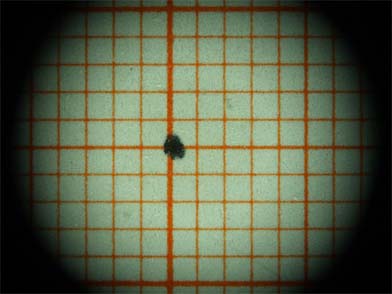VIS spectroscopy (also VIS spectrometry) is a variant of spectroscopy in which the reflection or absorption of light in the visible spectral range (VIS for short) in the wavelength range from approx. 400 to 780 nanometers is measured on the surface of an object. It is used for qualitative and quantitative analyses, among others in forensics and art technology.
Particularly in art technological investigations, this is often done in combination as UV-VIS absorption spectroscopy. This allows the identification of pigments (mostly inorganic) and dyes (organic) independent of their carrier material (paintings, graphics, murals, furniture, textiles, etc.).
The method uses the selective interaction of electromagnetic radiation from the visible light and its adjacent wavelength ranges with the materials to be examined; part of the irradiated light is absorbed, part is reflected. This results in a specific spectrum for each material, an optical fingerprint, so to speak. This can be compared with reference materials and thus lead to an identification of the colorant.


